In comparison, UGC NET is an examination conducted twice a year by the NTA to qualify for LS/JRF posts, whereas JRF is a fellowship awarded after clearing UGC NET.
Table of Contents
Difference Between UGC NET and JRF: UGC NET is a national-level examination conducted by the National Testing Agency (NTA) twice a year to assess the eligibility of candidates for the Assistant Professor and Junior Research Fellowship (JRF) post. JRF is a fellowship awarded to candidates who qualify in the NET and have chosen the JRF as an option in UGC NET. The Junior Research Fellowship option is suitable for candidates interested in R&D (Research and Development).
Candidates passing NET can apply for the post of Assistant Professor/ Lectureship in Universities/Colleges across India.
What is UGC NET?
The University Grants Commission National Eligibility Test (UGC-NET) conducted under the National Test Agency (NTA) is a national entrance test level on behalf of the UGC for providing admissions for the vacancy posts of Junior Research Fellowship (JRF)/Lectureship (LS) in various Universities/Colleges across the nation. The exam is held twice a year- July and January.
Also Read: UGC NET Certificate 2023: Steps to Download, Documents
What is JRF?
The Junior Research Fellowship (JRF) is a national-level exam conducted by the National Test Agency (NTA) for the NET-qualified candidates to undertake advanced studies and research leading to M. Phil/PhD degrees in Humanities and Social Sciences including Languages and Sciences. The salary bracket ranges between Rs. 11,500 to Rs. 75,000. The JRF exam is conducted on July.
Also Read: ICMR Eligibility Criteria 2023: Age Limit, Educational Qualification
Difference Between UGC NET vs JRF
The students can catch the drift of the overview of UGC NET vs JRF from the distinction given below in the table.
| Distinction | UGC NET | JRF |
| Full Form | UGC National Eligibility Test | Junior Research Fellowship |
| Purpose | It is a national-level eligibility test to determine the eligibility of candidates for the role of Assistant Professor in Indian universities and colleges. | It is awarded to candidates who qualify in the UGC NET exam and demonstrate exceptional research potential. |
| Assessment | UGC NET assesses candidates’ knowledge and understanding in various subjects across disciplines. | Financial support to pursue research on selected domain |
| Positions | Assistant Professor in institutions across India. | Engage in research activities, publish papers, and contribute to the advancement of knowledge. |
The other distinct differences between UGC NET and JRF is listed below:
- A candidate will not be eligible to pursue JRF although qualified for a Lectureship (LS).
- A candidate eligible for JRF will be automatically considered for LS as well. It is a two-way advantage.
- The fellowship is a bonus with qualifying JRF scores provided by the UGC/institutions under various schemes.
- In order to crack JRF, it requires the candidates should clear more than a 5% cut-off as compared to the NET cut-off.
- It'll also enable you to be eligible for a Fellowship (INR 25,000/- per month stipend) from the government with a validity of 2 years while pursuing your PhD research.
Also, you can become an Assistant Professor as well as Junior Research Fellows after cracking the UGC NET Exam. The top NET aspirants who pull out the exams with good marks manage to seat positioning themselves in the JRF.
Therefore, the only difference is that there is more funding/monetary scholarship in JRF as compared to NET.
In a very clear manner, if you want to pursue a Ph.D. with a scholarship, JRF is the perfect shot. You can study with your scholarships after clearing JRF.
Also Read: How to Crack UGC NET 2023 in First Attempt? Strategies, Tips
Overview of UGC NET vs. JRF
The overview of UGC NET and JRF based upon parameters like exam name, exam test level, conducting authority, mode of entrance test, exam courses, and medium of language are tabulated below:
| Parameters | Details | |
| Exam Name | University Grants Commission Eligibility Test (UGC NET) | |
| Entrance Test Level | National-Level Entrance Test | |
| Conducting Authority | National Testing Agency (NTA) | |
| Mode of Entrance test | Computer Based Test (CBT) via internet/online | |
| Exam Courses | Lectureship (LS) & Junior Research Fellowship (JRF) | |
| Medium of Language | English and Hindi | |
| Exam Duration & Paper Type | Paper-I (90 minutes) | |
| Paper II (90 minutes) | ||
| Marking Scheme | No Negative Marking | |
| Age Limit per Category | No age limit (Assistant Professor) | Reserved: 30 years |
| ST/SC/OBC/PWD: 35 years | ||
| L.L.M. Degree holders: 33 years | ||
Note: There is no age restriction for NET Lectureship, but for JRF, the age limit is up to 30 years.
Also Read: Best Career Options After Qualifying UGC NET 2023
UGC NET Eligibility Criteria
The minimum qualification for the UGC NET 2023 for each category is:
- General: To obtain at least 55% marks score in Postgraduate/Masters degree/equivalent in other majors like Computer Science and Application, Social Science and Electronic Science.
- ST/SC/OBC: Equivalent to domains as explained in the General Category.
- Ph.D. Degree: About at least 5% marks relaxation is given to candidates who cleared the PG Program before 19 September 1991.
Also Read: UGC NET Books 2023: Best Books for UGC NET Preparation
UGC NET & JRF Cut-Off Marks 2023
The UGC NET cutoff marks for all the categories like general, OBC, SC, and ST are tabulated below for students understanding:
| Category | Paper-I | Paper-II |
| General | 40% | 40% |
| OBC | 35% | 35% |
| SC/ST | 35% | 35% |
- The total number of slots up for awarding JRFs is divided among the various categories in accordance with the Government of India's reservation policy.
- The qualifying cutoff for JRF in Economics for the ST category will be determined by the total percentage of points obtained by candidates in both papers, which corresponds to the number of JRF locations. Similarily the cutoffs will also be determined for each subject and category.







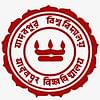
![Bharathiar University, [BU] Coimbatore](https://media.getmyuni.com/azure/college-image/small/bharathiar-university-bu-coimbatore.jpg)




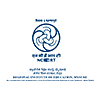



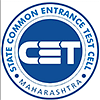
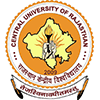

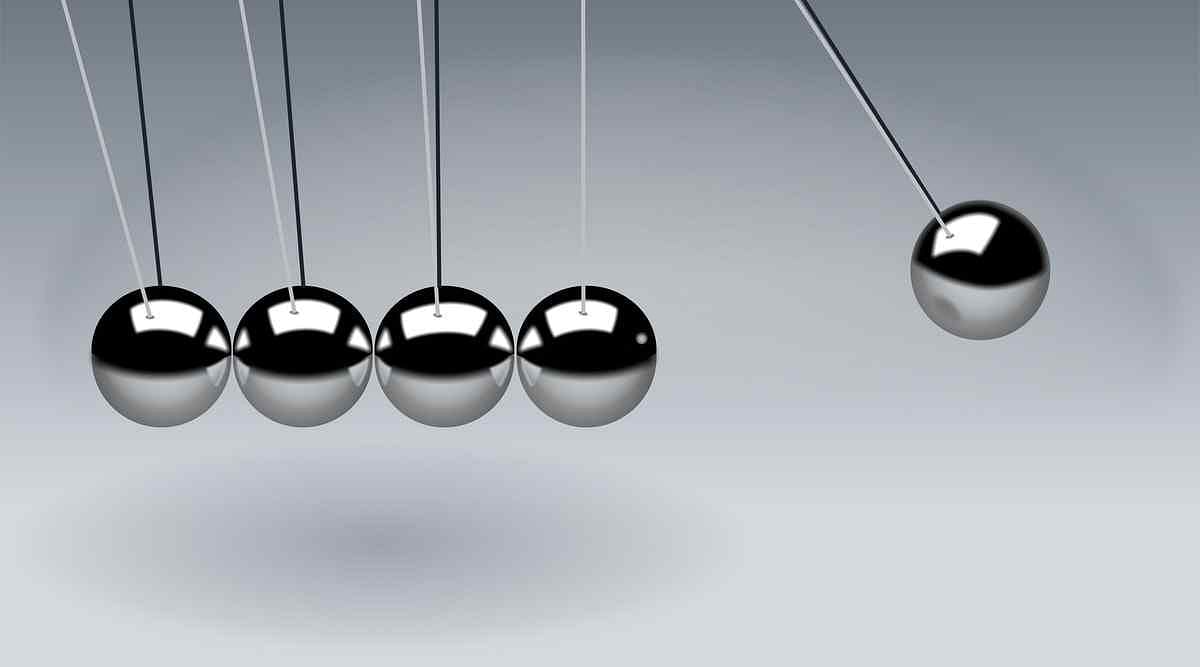









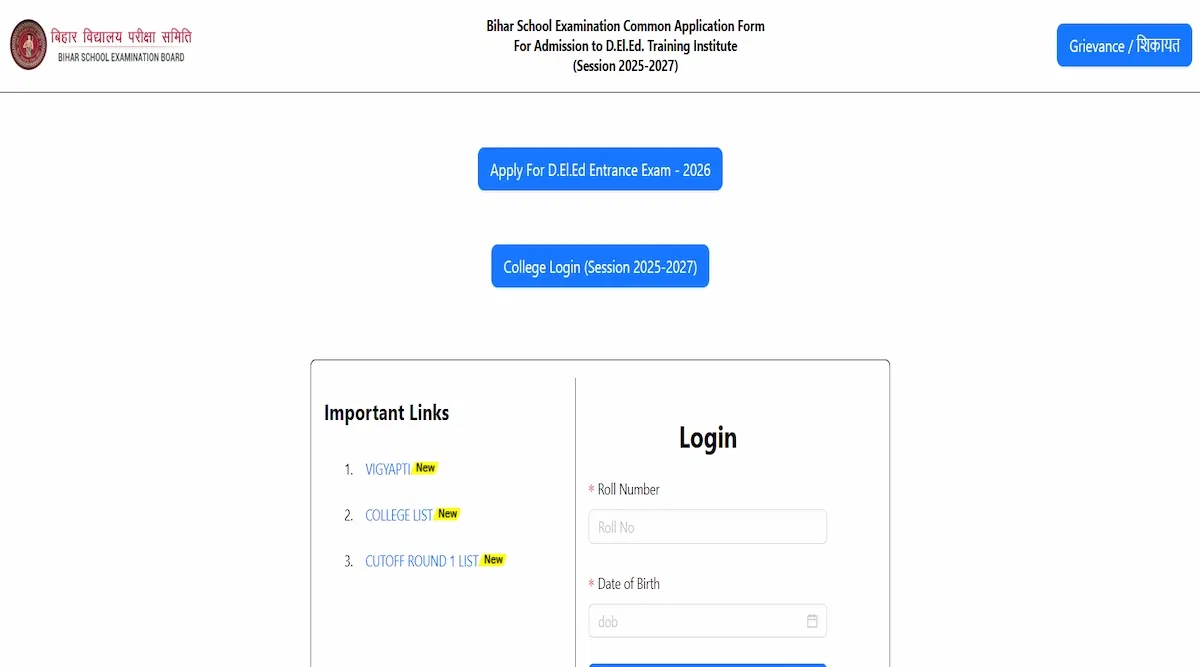


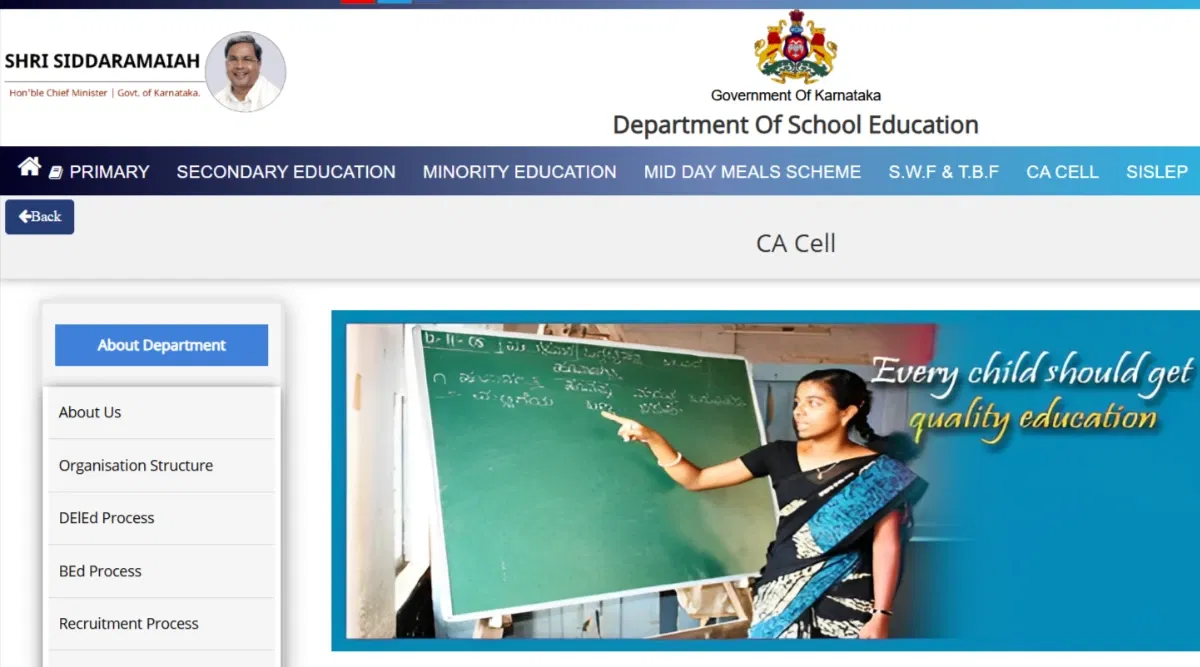
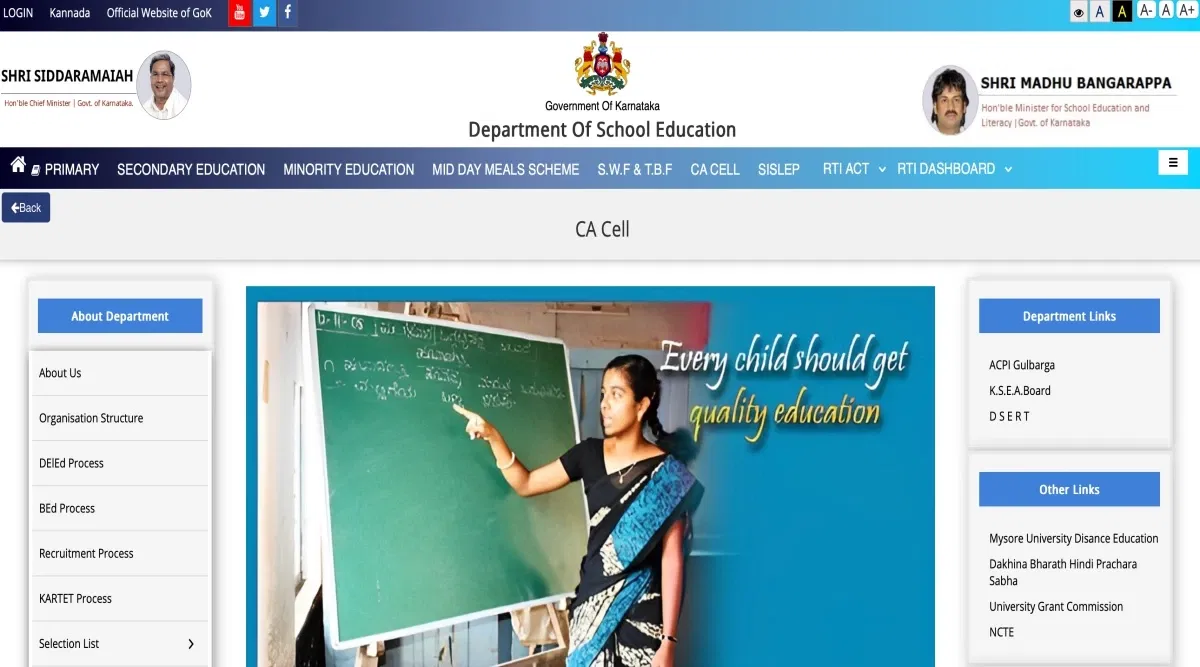
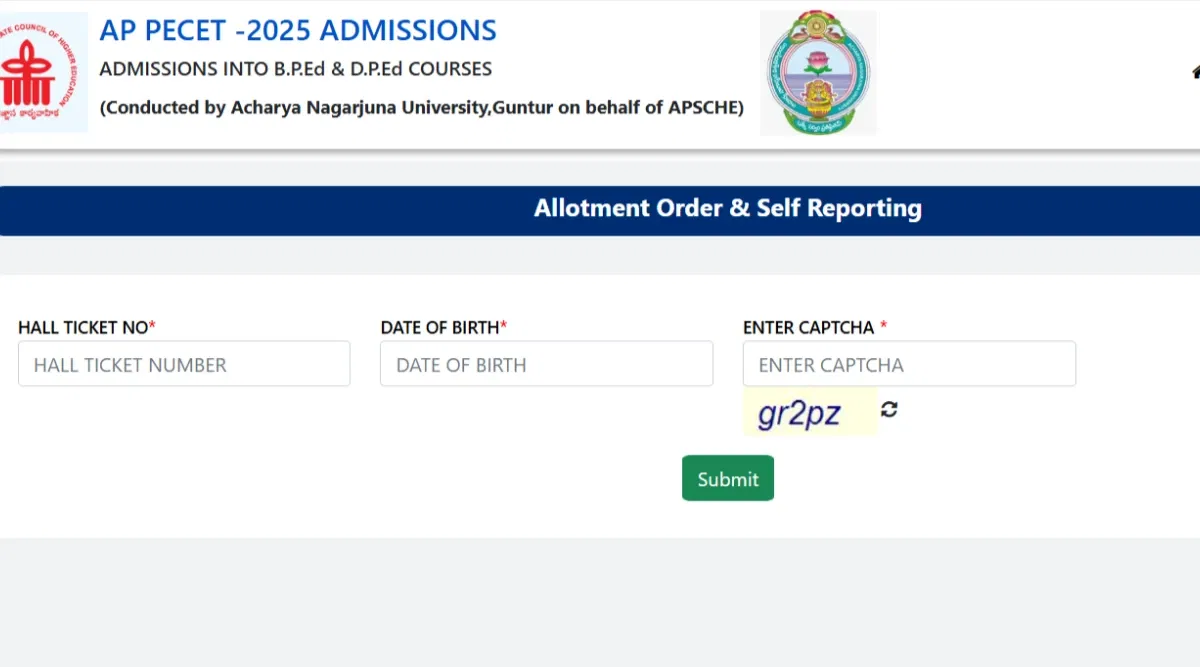
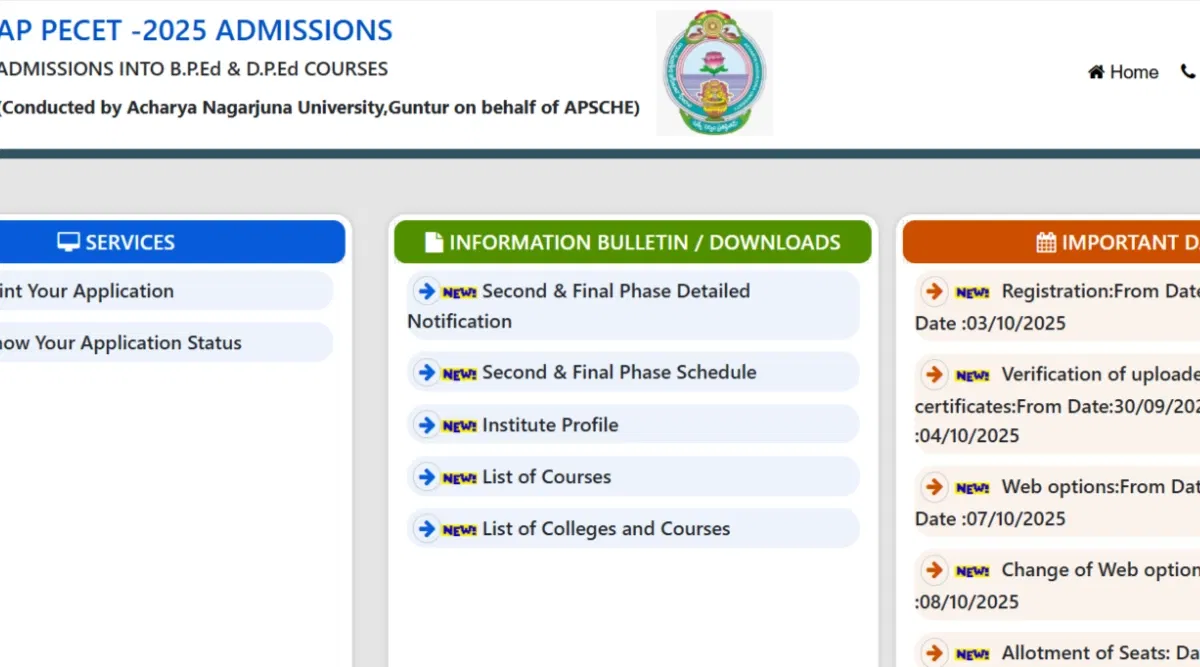
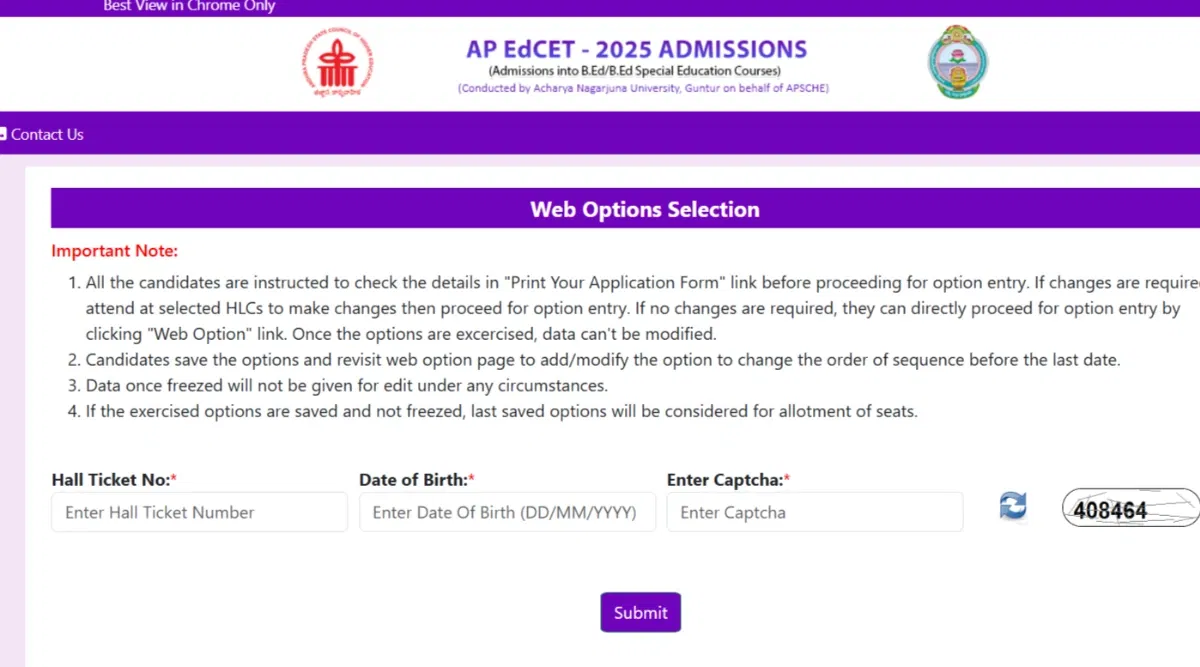
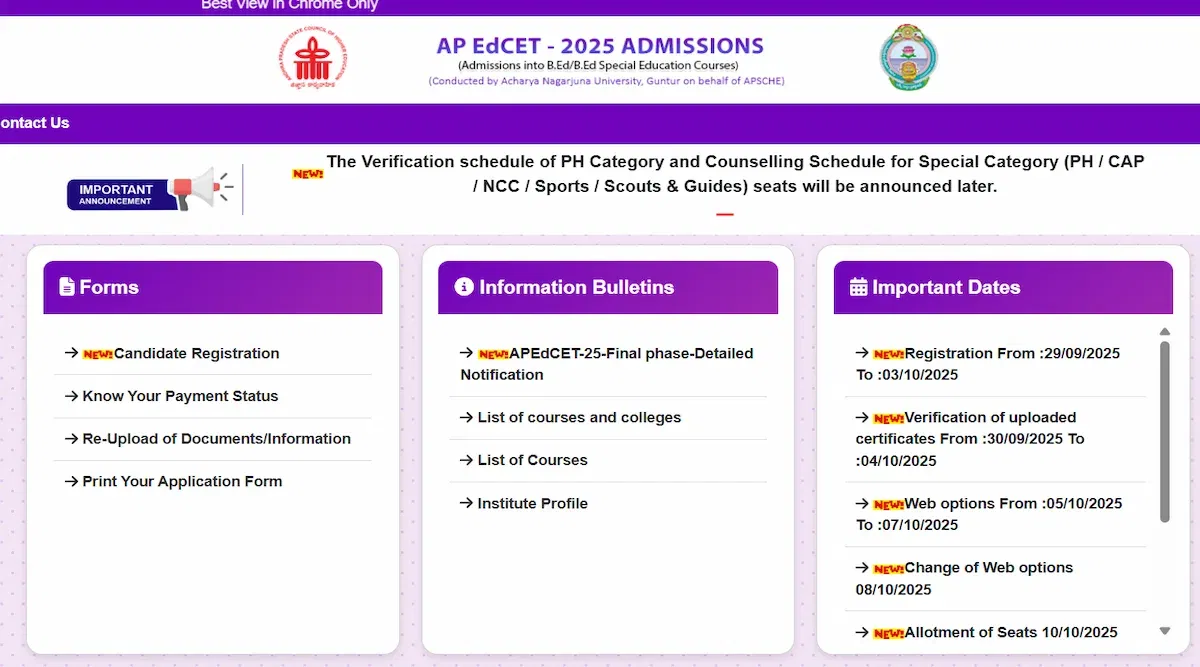
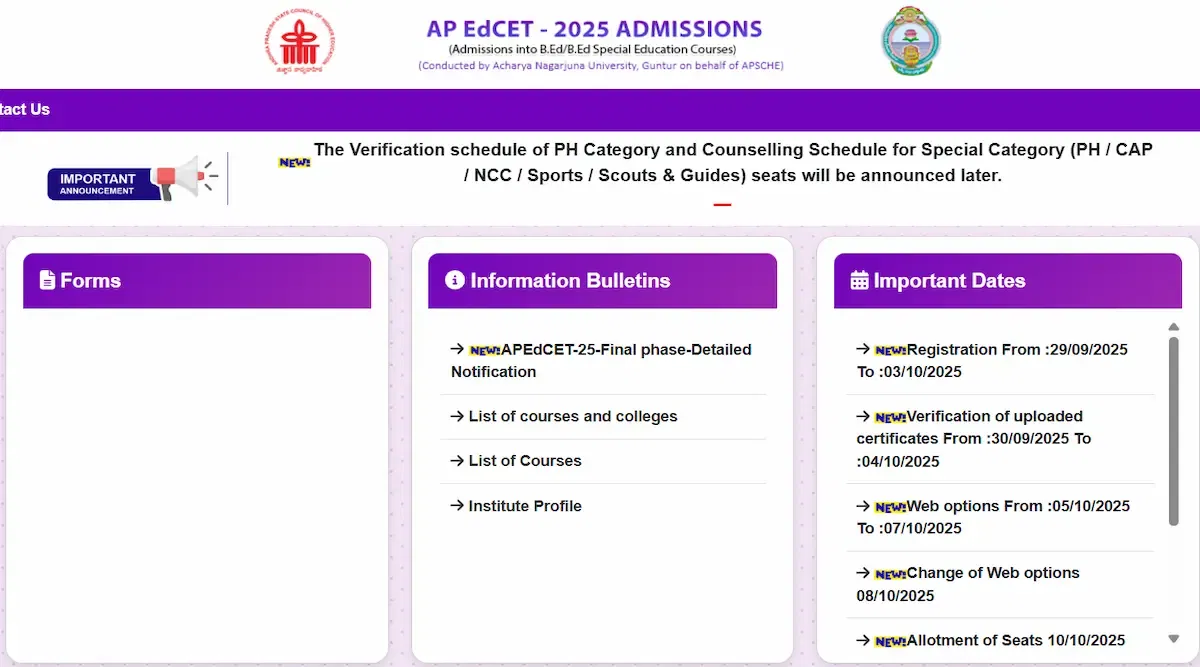

POST YOUR COMMENT